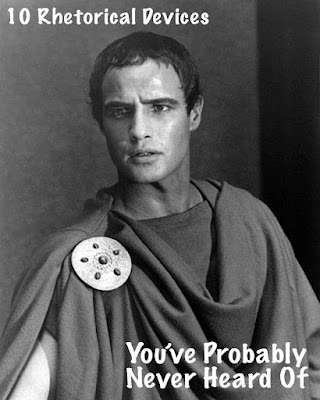Review: Henry IV by NY Classical
This summer's Henry IV by the New York Classical Theatre (NY Classical) certainly packs a punch. It has lots of energy and vibrance, showcases some great talent, and highlights the best of Shakespeare's text. But, in some moments, it feels artificial or cartoonish.
Not a moment of the show was wasted. The condensing of the script––from Shakespeare's two plays (Henry IV, Part 1 and Henry IV, Part 2) into one, 2-hour production––was excellent. The plots and subplots were concentrated so that the action was jam-packed with no gaps in continuity. The show developed and kept up a great momentum. The actors' entrances and exits were perfectly timed for the flow of the production: the audience could digest the previous scene and keep their focus for the next one.
NY Classical productions, including Henry IV, take place in the open air of NYC parks. The audience moves or turns around every few scenes. Many of those transitions fell naturally in the plot of the play, so they worked quite well. But there were a few unnecessary ones.
More importantly, the staging did not make use of the open-air format. The action takes place all around the audience. But the actors faced the audience, rather than each other, for nearly the entire show! It was a missed opportunity. And it gave the interactions between the characters, and the show as a whole, a certain artificiality.
The doubling (when an actor plays multiple characters) was well done. Any costume changes that took place "onstage" were no-muss-no-fuss and did not distract from the play. However, it would have been helpful to see physical or vocal changes from the actors when they switched from one character to another. The only characters who did not double in named roles were Prince Hal, King Henry IV, and Sir John Falstaff.
John Michalski's performance as Sir John Falstaff is what the phrase "roaring fun" was invented for. Michalski is an absolute pleasure to watch. He delivered Falstaff's jokes so clearly and yet so authentically. He is clearly very comfortable with Shakespeare's language, and it sounded perfectly normal coming from him. He captured the audience's attention (and hearts) with ease. Michalski did Falstaff––and Shakespeare––more than justice.
Falstaff's scenes with Nell Quickly (Carine Montbertrand) were highlights of the night. Montbertrand shined in the silliness of this role and had an excellent rapport with Michalski. With these two actors, the sexual jokes were just the right amount of lewd––all in good fun, and not overdone.
Actually, this production managed to get right two types of Shakespearean jokes that are tricky for today's audiences: weight jokes and sexual innuendoes. Weight jokes often come across as offensive; here, all the jabs about Sir John Falstaff's girth landed well with the audience. Most audiences do not understand Shakespeare's sexual comedy when they hear it; Michalski and Montbertrand kept the jokes vulgar (as they are) without being cheap. Other sexual jokes in this production were not delivered with the same success: the gyrating was just too much.
One real (but short-lived) weakness of Henry IV was the overly cartoonish stage combat. The civil war of Henry IV is high-stakes drama. But actors yelling "ahhhhhhh" as they run at each other (for too long before the sword fights even start) does not feel intense; it feels juvenile.
NY Classical had a Voice & Speech Coach (Nora Leonhardt) and two Assistant Voice & Speech Coaches (Joan Melton, Clay Storseth) working on this production. And it shows! The actors' voices are all so resonant in the outdoor space. Of particular note was Hotspur (Damian Jermaine Thompson): he has lovely resonance, great diction, and a fabulous roar.
Hotspur's nemesis, Prince Hal (Ian Antal), was also a standout. Antal really brought to life the youthful rogue of his character. His character development was accelerated, but very clear. The scene where King Henry IV (Nick Salamone) confronts Hal for his tomfoolery was evidently a turning point for Hal. And the father-son relationship really worked as Salamone and Antal built it.
The ending of the play was executed wonderfully––particularly by Falstaff, King Henry IV, and Hal. Hal's acceptance of the crown, his father's rage, and his father's subsequent death had the somber tone required by the text with all the energy needed for a closing scene. Every audience member felt the tragic disappointment when Hal turns his back on Falstaff at the very end. With such a strong ending, the audience was ready to applaud––but there was a song at the end that didn't quite fit.
 |
| Photo credit: NY Classical |



Comments
Post a Comment
All comments are moderated by the Green-Eyed Blogger to avoid spam. If you do not see your comment right away, do not worry; it is simply undergoing our routine moderation process.